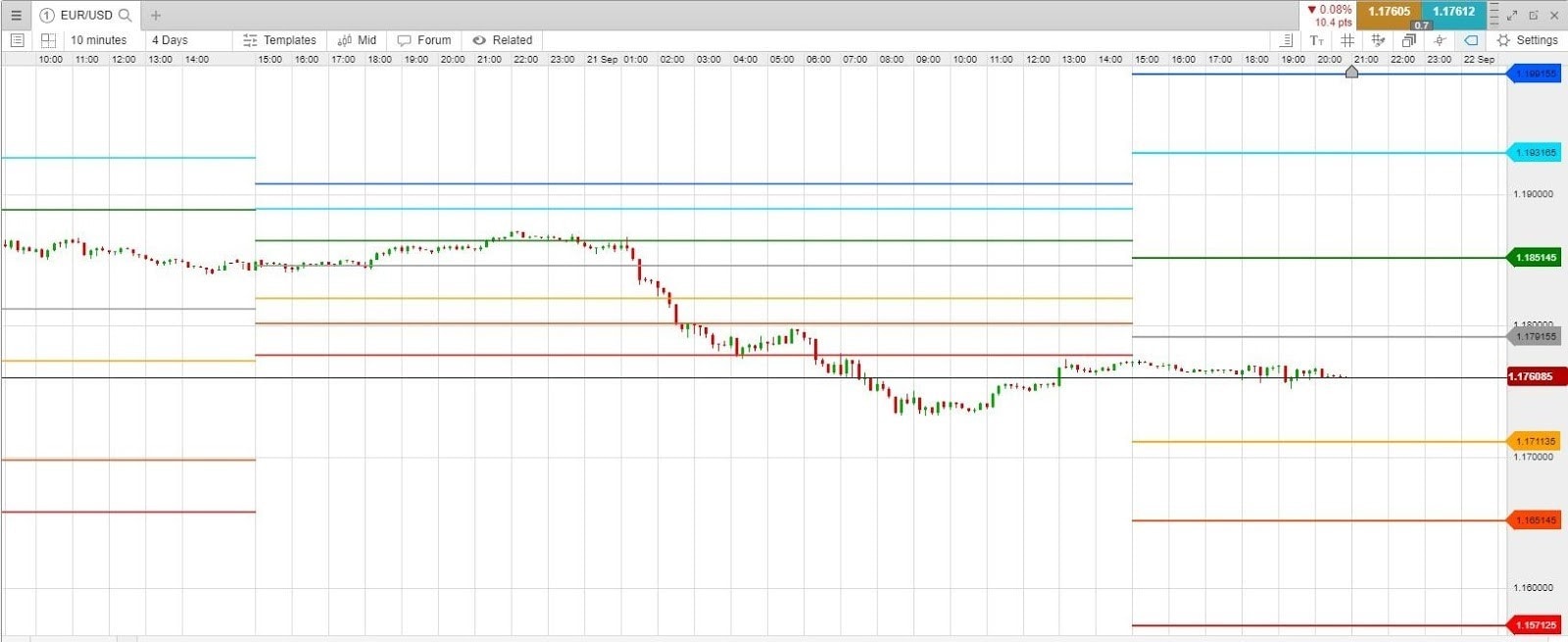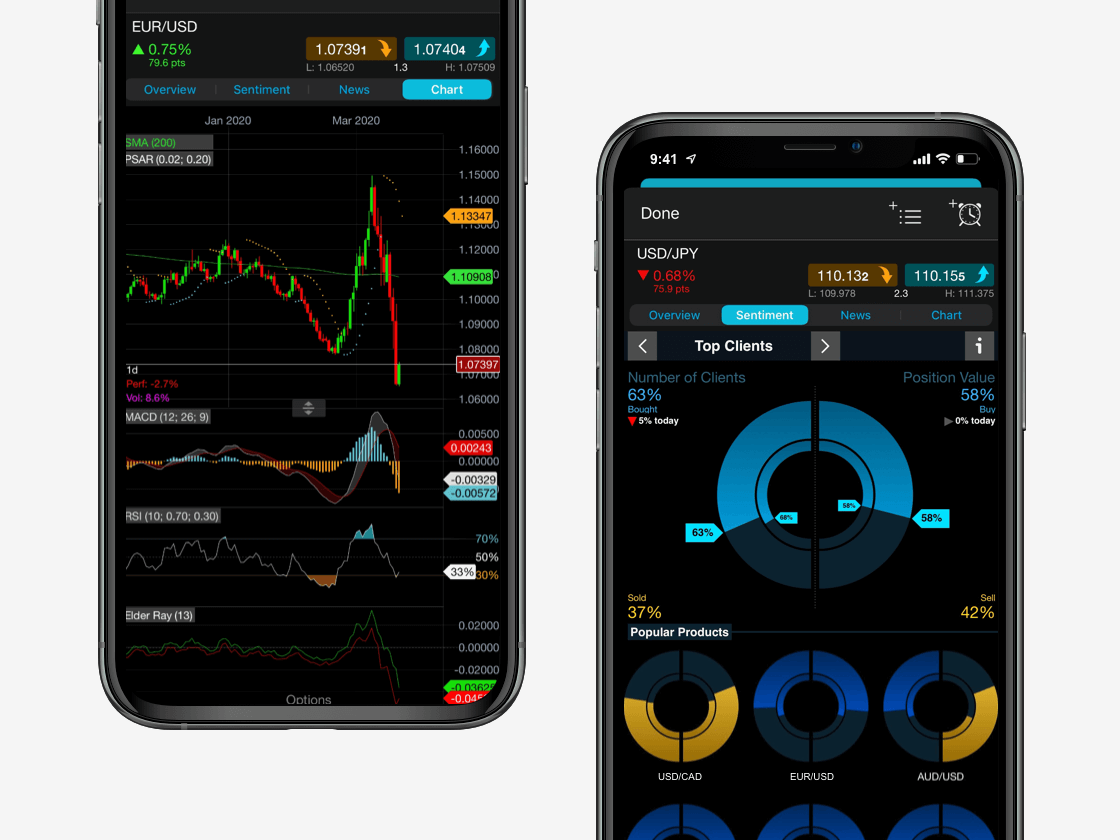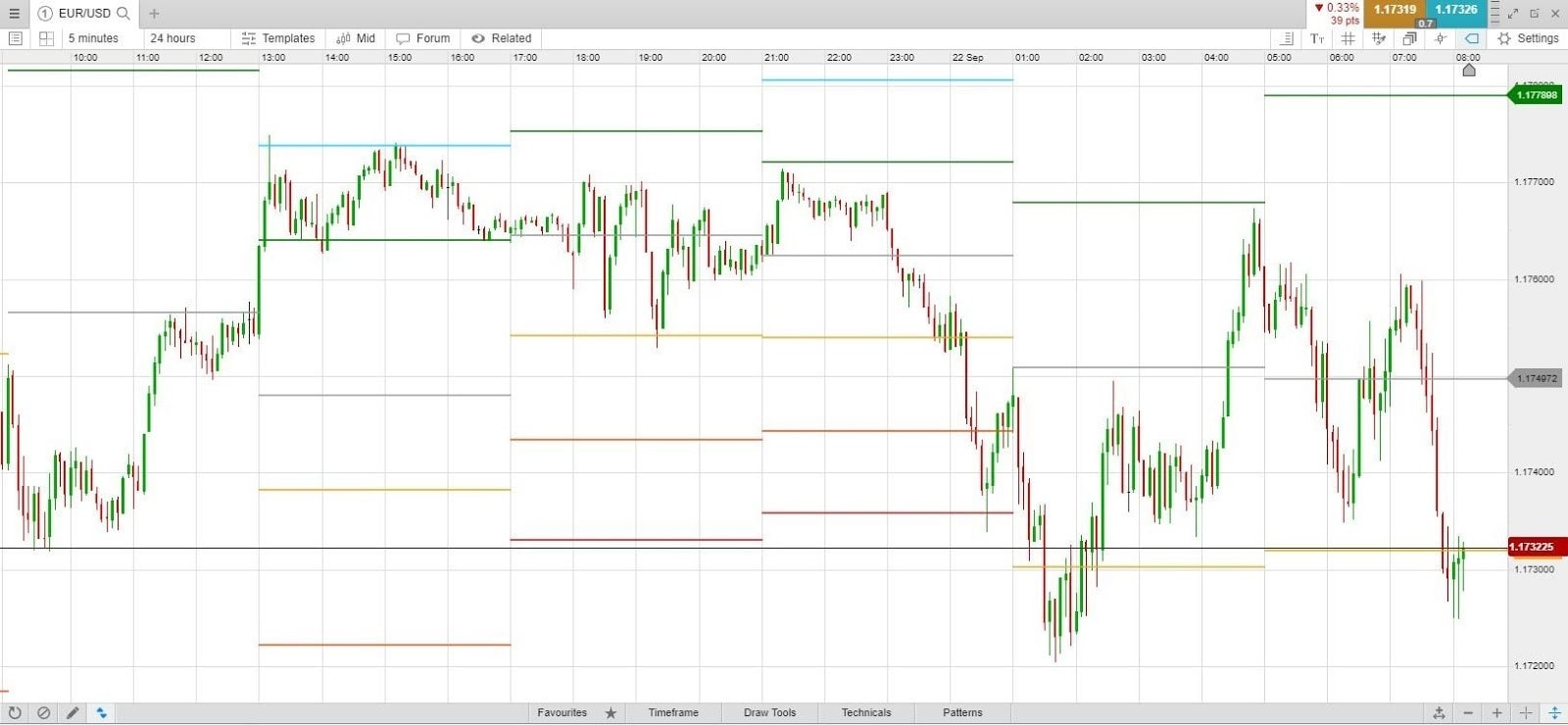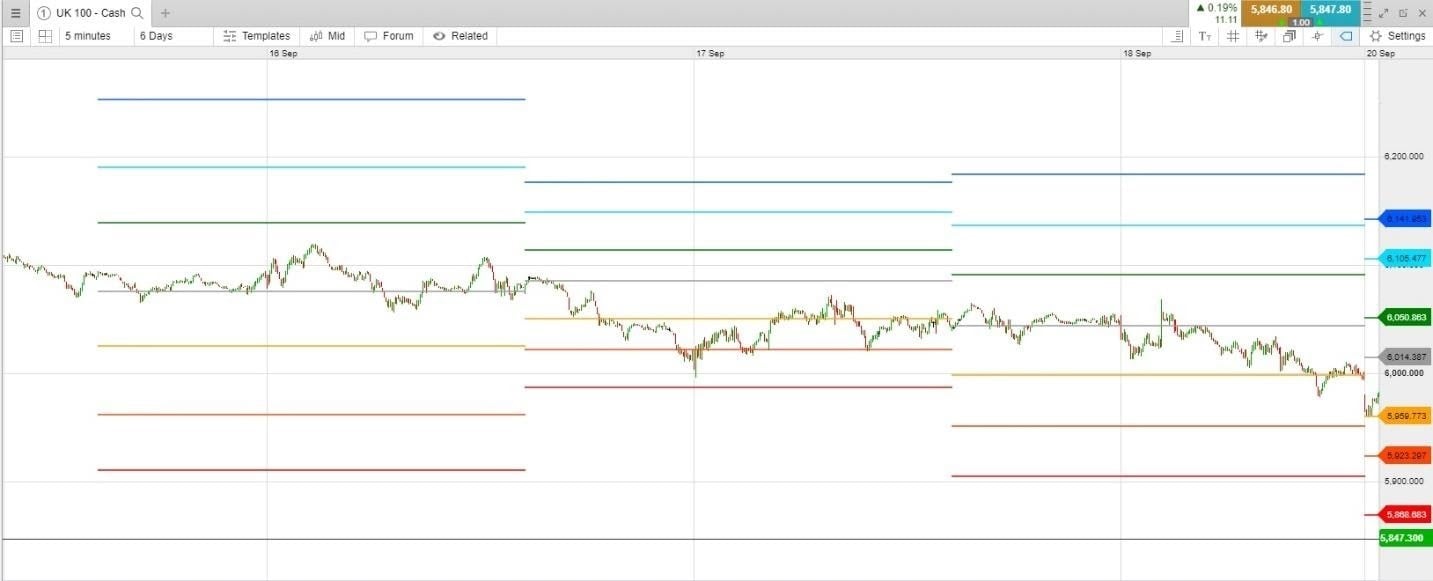While the indicator is often called “Pivot Points” in the plural form, there is only one pivot point in the indicator. It is used to judge whether the current trading session has an upward or downward bias. This can help traders to determine the direction to trade in and provide ideas on where to take trades.
There are several strategies that can be used with pivot points, since the indicator is highlighting potentially important price areas for the day. By monitoring pivot points for certain signals, pivot points can be used to generate a strategy composed of an entry, stop-loss, and profit target.
























